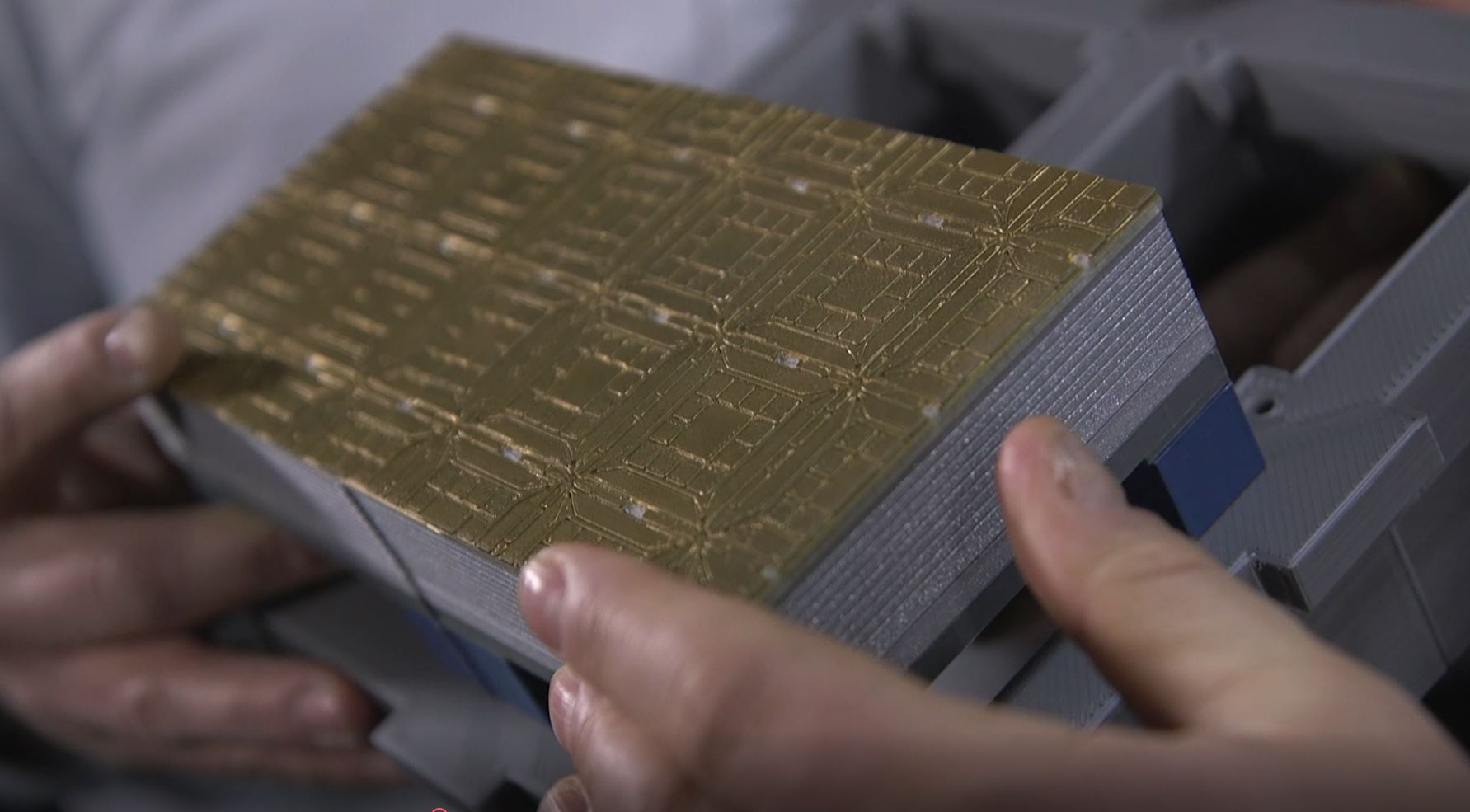Teleportation is real, Schrödinger’s cat can really be dead and alive, and something can be in two places at the same time. Now, before you get too excited, unfortunately scientists have not found a way to make these things happen on the human scale yet. But, and this is a big but, it turns out that in the ‘quantum world’ – where the counterintuitive or, as Albert Einstein put it, ’spooky’ rules of quantum mechanics take over and for example govern the behaviour of the very small such as individual atoms – this is all possible. In short, quantum is strange, to say the least, and no one can yet claim to fully understand every aspect of it.

Nevertheless – and unknown to many – quantum effects, in a rather uncontrolled way, are at the heart of many of our most widespread used technologies. For example, the transistors in our computers and mobile phones work because of quantum effects, as do lasers such as the ones used in DVD drives. What is exciting now is that we have gained the ability to control these quantum effects to an exquisite level and engineer them in such a way that we can develop completely new technologies termed ‘quantum technologies’, which may completely change our lives. Examples of such new technologies include: ultra-sensitive sensors; imaging devices which can ‘see’ around the corner; and communication devices that can secure our data from being stolen, to name but a few.

The quantum computer is another new quantum technology that is seen by many as the Holy Grail, in part due to the difficulty of building one, but also due to its potentially unimaginable computational power which we are only beginning to unravel. The quantum computer uses quantum bits or ‘qubits’ instead of bits as the carrier for information.
While a classical bit in a standard computer can be either 0 or 1, the qubit in a quantum computer can be 0, 1 or both at the same time. This together with another strange quantum effect called ‘entanglement’ gives the quantum computer its power and makes for a device that has the potential to solve some of humanities most difficult computational problems – problems that would take even the most powerful supercomputer currently available millions of years to solve.
This could provide the ability to develop new medicines and materials, break some of the most widely used encryption protocols – for example, those used to protect our bank details – and unravel some of nature’s deepest secrets.
Have we found the most exhilarating applications yet? I don’t think so. We are only at the beginning of understanding the impact of this completely new technology. Consider that when the first computers were built one of the only applications that could be thought of was code breaking and Thomas Watson, then CEO of IBM, allegedly made his famous 1943 statement, ‘I think there is a world market for maybe five computers’. Look how far this technology has come, with computers now being part of our everyday life.

So where are we now? Small-scale quantum computers already exist! They are being developed around the world by leading academic institutions and exciting new start-ups as well as major corporations such as Google and IBM. You can even remotely program one. The most promising of these currently use small superconducting circuits or trapped ions (charged atoms) as their qubits. These machines are beginning to do some really useful things and one can be hopeful that they will outperform even the fastest supercomputer at a particular task within the next couple of years.
This however is only the beginning. To unravel the true potential of this technology we need to scale it up, which basically means having a lot more qubits – going from tens to millions. This is no mean feat but indeed possible. Working with scientists from around the world, including Google US, my colleagues and I from the Sussex Ion Quantum Technology Group recently unveiled the first industrial blueprint for constructing such a large-scale quantum computer.
We are now ramping up efforts to construct such a device at the University of Sussex, a device capable of providing potentially life-changing solutions to some of the great computational challenges. This will of course take time, but I encourage everyone to let their imaginations run wild and imagine what this completely new type of technology based on those strange quantum effects could do for you as we are only at the beginning of discovering its true potential. With a global race to make a large-scale quantum computer a reality, it might be sooner than you think.

Curious as to what this technology that could change the shape of our future experiences looks like? Then why not take a trip to the Science Museum where, as part of the four-month long ‘Could quantum computers change our lives?’ exhibition in the Tomorrow’s World gallery, you can become immersed in the exciting world of quantum and get up close to some of the core components of a trapped ion quantum computer.
Dr Sebastian Weidt and scientists from his team at the University of Sussex will be presenting the mysteries and technological advances of quantum computing through a series of Tomorrow’s World Live events from 13th – 15th of February.
